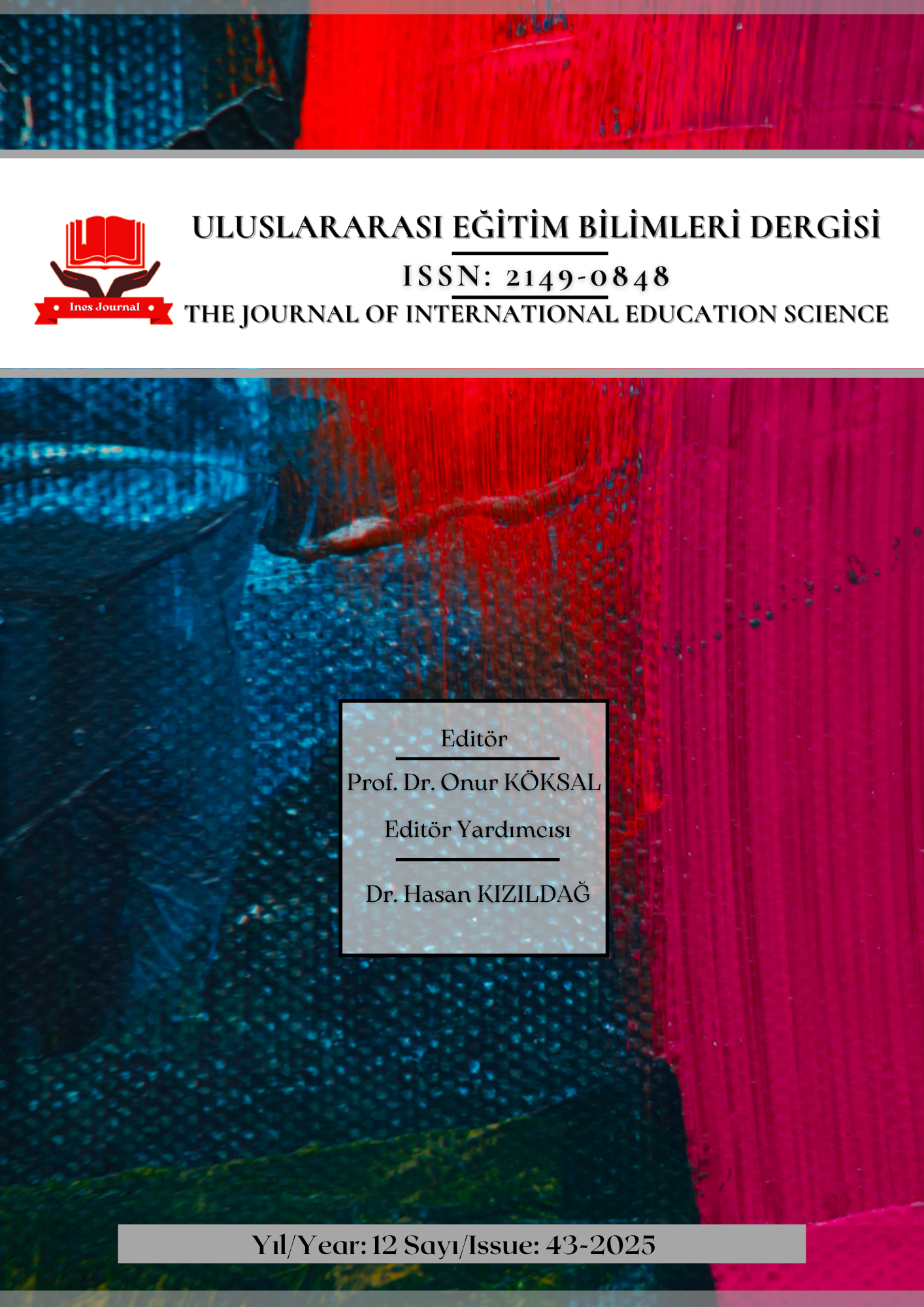Author :
Abstract
Çalışmanın amacı, ilkokul öğrencilerinin öğrenmeye yönelik karşılaştıkları sorunları sınıf öğretmenlerinin görüşleri doğrultusunda tespit etmek ve çözüm önerilerini tartışmaktır. Çalışma, nicel araştırma modellerinden biri olan tarama yöntemine göre tasarlanmıştır. Çalışmanın örneklemini, Türkiye'nin 17 farklı ilinde görev yapan 110 sınıf öğretmeni oluşturmuştur. Çalışmada veri toplama aracı olarak 19 madde ve 5 açık uçlu sorudan oluşan bir anket kullanılmıştır. Anketten elde edilen nicel veriler, SPSS programı aracılığıyla analiz edilmiş ve likert tipi her bir maddenin ortalaması bulunmuştur. Ayrıca açık uçlu sorulardan elde edilen veriler, MaxQda programıyla çözümlenmiş ve içerik analizi tekniğiyle değerlendirilmiştir. Analiz sonucunda araştırmacılar tarafından inisiyatif alınarak madde ortalamaları çok düşük (0-2 arası), düşük (2-3 arası), orta (3-4 arası) ve yüksek (4-5 arası) şeklinde sınıflandırılmıştır. Buradan hareketle 1 maddenin çok düşük, 6 maddenin düşük, 7 maddenin orta ve 5 maddenin yüksek ortalamaya sahip olduğu görülmüştür. Bu kapsamda anketten elde edilen veriler birbirlerini açıklayacak, destekleyecek veya çürütecek şekilde sunulmuştur. Bununla birlikte ilgili maddelerin içerikleri, uygun öğretim yöntemleri ve eğitim teknolojileri dikkate alınarak tartışılmıştır. Böylece birçok farklı teknolojinin ve öğretim yönteminin ilkokulda kullanılabileceği tespit edilmiştir.
Keywords
Abstract
The aim of the study is to identify the problems that primary school students face in learning in line with the views of classroom teachers and to discuss solutions. The study was conducted using the survey method, which is one of the quantitative research models. The sample of the study consisted of 110 classroom teachers working in 17 different provinces of Turkey. A questionnaire consisting of 19 items and 5 open-ended questions was used as a data collection tool. The quantitative data obtained from the questionnaire were analyzed through the SPSS program and the average of each Likert-type item was found. In addition, the data obtained from open-ended questions were analyzed with the MaxQda program and evaluated with the content analysis technique. As a result of the analysis, the researchers took the initiative and classified the item averages as very low (between 0-2), low (between 2-3), medium (between 3-4) and high (between 4-5). From this point of view, it was seen that 1 item had a very low mean, 6 items had a low mean, 7 items had a medium mean and 5 items had a high mean. In this context, the data obtained from the questionnaire were presented in a way to explain, support or refute each other. In addition, the contents of the related items were discussed by considering appropriate teaching methods and educational technologies. Thus, it was determined that many different technologies and teaching methods can be used in primary schools.





